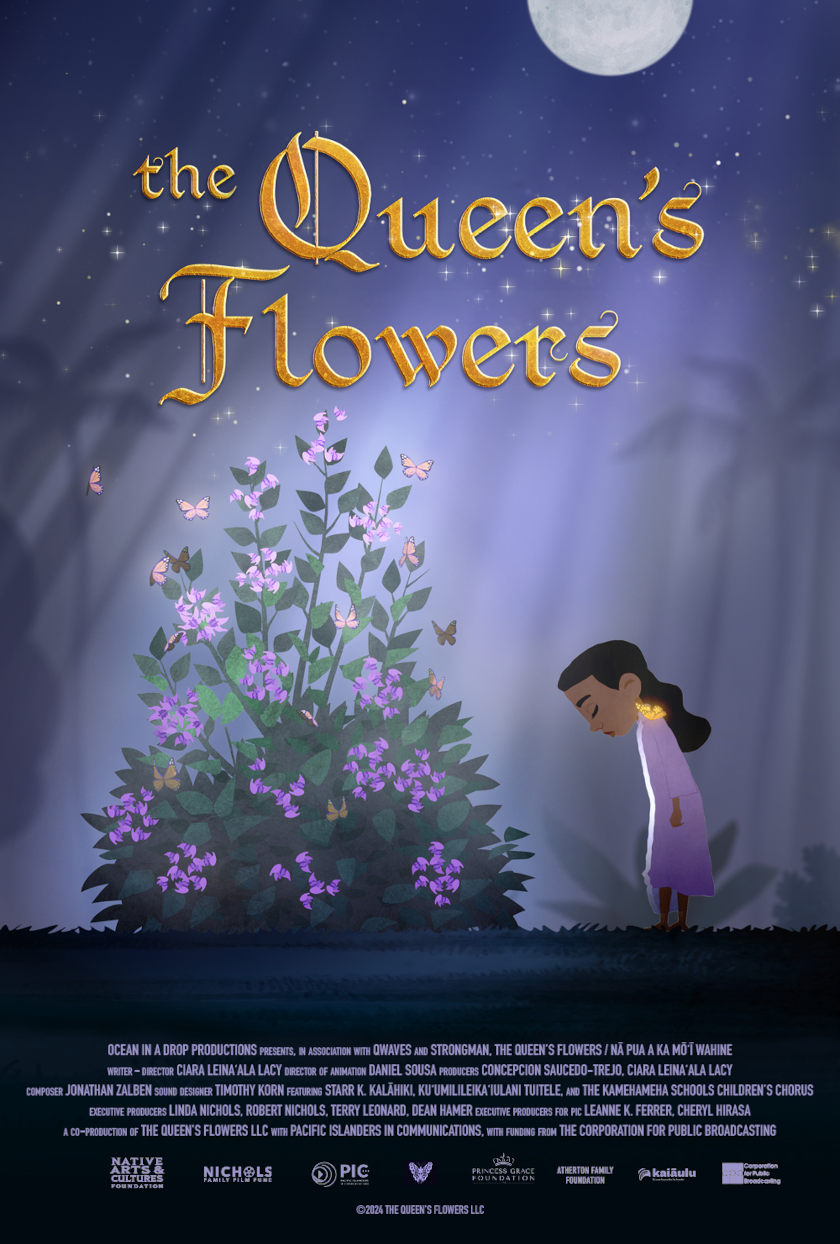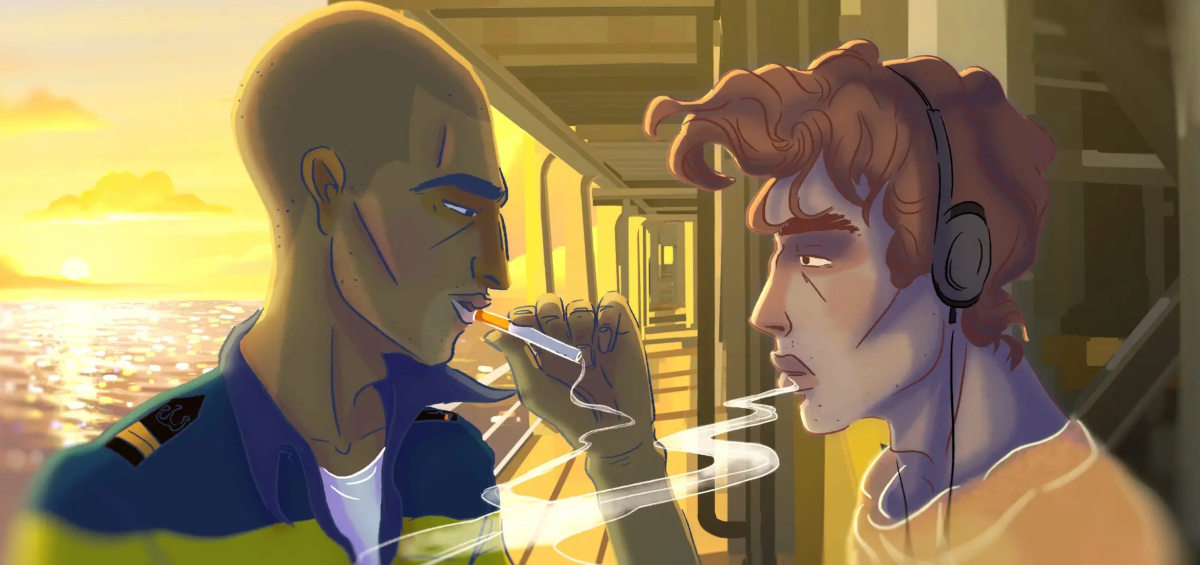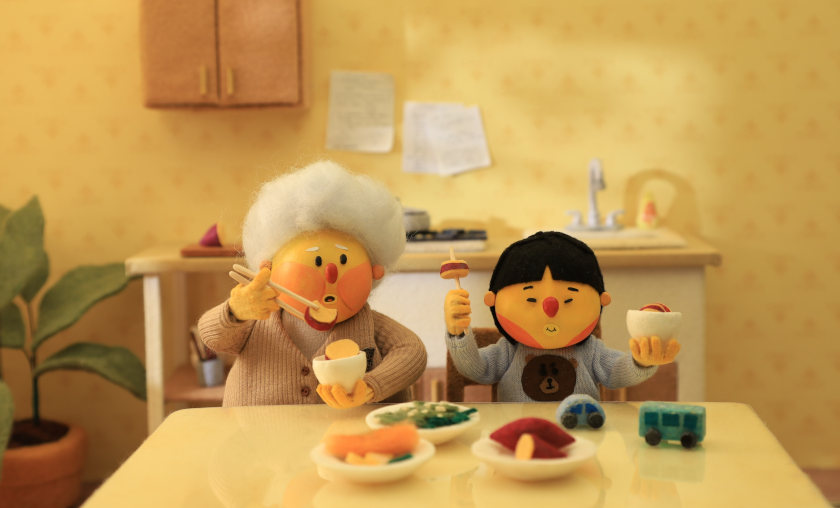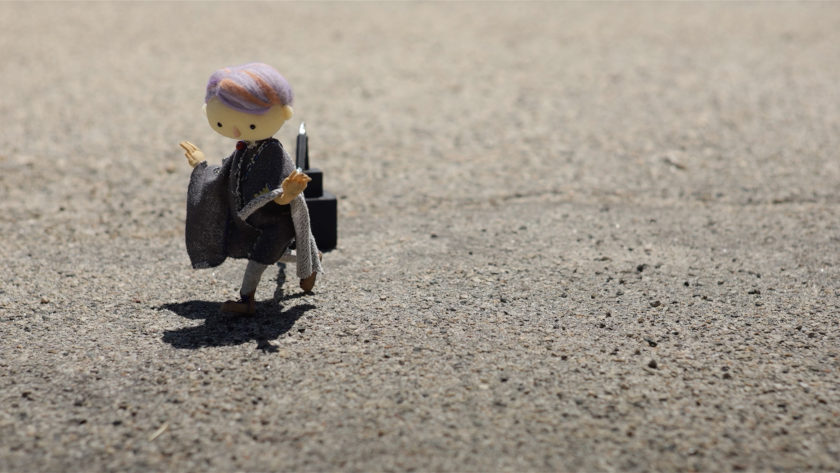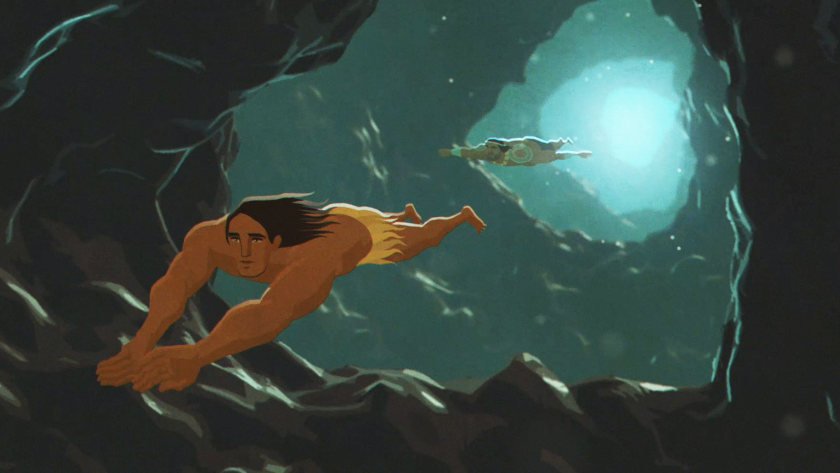'The Queen's Flowers' Hawaiian Animation Short: Interview with Animation Director Daniel Sousa

An EMMY-nominated filmmaker (Ciara Lacy) and Oscar-nominated filmmaker and animator (Daniel Sousa) join forces to tell a neglected Hawaiian story of a little girl and her flowers to the Hawaiian queen.
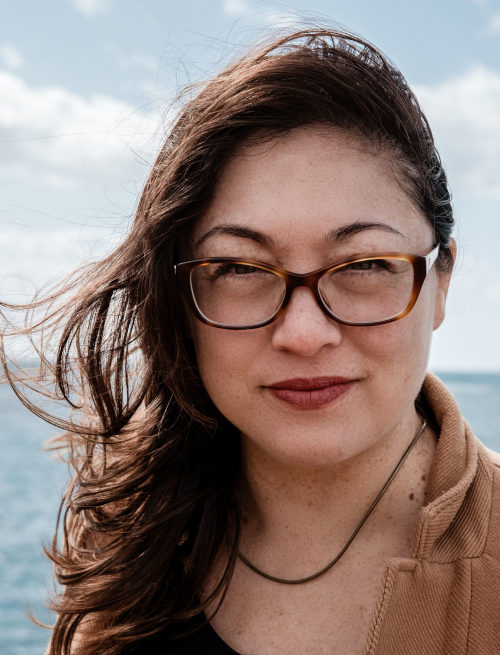
In the new, Oscar-qualifying animation short, 'The Queen's Flowers', directed by Ciara Lacy, we follow the seven-year-old Emma, a Native Hawaiian girl in 1915 Honolulu, as she makes a special gift for the last monarch of Hawaii, Queen Liliʻuokalani.
The story was inspired by the director's memories of a tradition of sewing flowers into thick ropes of fragrant color -to be sold by her family. Producer Concepcion Saucedo-Trejo brought forward the project of a 1915 girl named Emma Pollock who loved to gift the last Queen of Hawaii flower garlands.
The film has won the Audience Award for a Short Film at NYICFF 2024, and a number of awards -including the 'Made in Hawai'i Best Short at the Oscar-qualifying Hawaii International Film Festival. Its animation director (and responsible for the visual look of the film in general), Daniel Sousa talked to Zippy Frames about the film, which shares some similarities to other Hawaiian indie animation shorts, like 'Kapaemahu' and 'Aikane'.
"I had worked before with Dean Hamer [executive producer in 'The Queen's Flowers'] and Joe Wilson on 'Kapaemahu' and 'Aikane'. Both films were Hawaiian, and the two knew Ciara Lacy, who was looking for an animation director to bring her story to life. So they got her in touch with me, and I fell in love with the story; at the time, my daughter was seven years old -the same age the character appears in the film".
Sousa was born in Cape Verde, raised in Portugal, and is now living in the US; he would initially seem a curious choice for the animation direction of a film that centers on a young girl, since his films (including his Oscar-nominated 'Feral') focus on more adult themes. Yet his series of works with Hawaiian themes (including his PBS documentary special 'Sacred Stories') prepared him for the task of being an animation director for another Hawaiian story -although this one was a bit outside of his comfort zone.
But he had help from both the director and the producer Concepcion Saucedo-Trejo. "We set up a huge folder of references in Dropbox, and they just kept adding images. It wasn't just the locations that needed to be researched, but also the types of the characters, the Queen herself -there's a bit of portraiture involved, and you have to get her physiognomy, the nuns characters, and the other children that lived in the place", he mentions.


Daniel Sousa's sketches for The Queen's Flowers
Emma Pollock, the real character by which 'The Queen's Flowers' is inspired, lived in St. Andrew’s Priory school right next door to the Queen's palace. Sousa was sent the story and a rough script of what Ciara Lacy had in mind. After a number of conversations, he started working on the character designs and backgrounds -including the all-important flower that Emma gives to the queen, a very specific flower shaped like a little crown.
This documentary-type of work also had Sousa in situ visiting The Cathedral of St. Andrew (where the film takes place), taking a lot of reference pics. This raises the question of how not to get lost in the sea of reference details.
"With any project you just need to keep going back to the story and what matters in the story", he replies. "And what matters in the story, in this case, is the connection between this little girl and the old queen. It's kind of an intergenerational experience. So whenever we started to get a little too far in the weeds, we had to keep coming back".

Some creative sacrifices were made, yet some earlier designs (for Emma) were recycled to represent the other girl's designs. "We didn't have prime directives where you have to have the eyes this particular size, the lips this particular width. We just started with real photos of Hawaiian children, also with the personality of Emma, short-tempered and a little bit shy" (Sousa had the added advantage of using his own daughter's voice in the animatic stage).
The animation short features a short flashback sequence in which the Queen of Hawaii hands over her crown and resigns to protect her people, in silhouettes. "We wanted to make it feel almost like a document or something you see in a newspaper -all the color was desaturated", Sousa explains. "The events were condensed and with a symbolic language -not everything happened within seven seconds". But it is due to the power of animation that it can condense without the meaning being lost (here's the visual storytelling).
Lighting is a crucial factor in the film, in which rays of light can illuminate even the darker rooms or infuse light into the Cathedral windows. "What makes environments cohesive is when you use lighting to kind of bring everything together". Lighting played its part from going into kinds of claustrophobic interior space to more expansive space (Sousa had also to invent his color palette since the photo references he could obtain were all in black and white).

Sousa worked a year full-time as a sole animator and visual designer in 'The Queen's Flowers', from storyboards to designs, compositing, and rendering (a committing project, but still "a pretty quick project", he describes it. The 2D animation film (with a bit of 3D animation) didn't present any extravagant animation challenges, but there were storytelling challenges. "Trying to get the pacing right between shots, how the characters relate to one another, and trying to get the right expressions on the characters so they communicate the emotion that we're trying to communicate because they're not using language", he elaborates. "So it was really those storytelling beats that were more challenging and required a lot of revisions and back and forth"
Again, the lighting as a unifying element here helped in challenges like the transformation of the Queen to a younger queen. "There's a kind of whimsical and fairy tale aspect to it that I wasn't used to and that I often resisted in my personal work because I tended to go through more mature, darker themes. But once I started thinking about it in terms of light, it all kind of came together - I realized that as long as the light in each scene was believable and had a concrete nature to it, all would feel like they belonged. You can turn up the temperature of the light, make it more golden or blue, but make it feel like it's a real space, without going into fairy tale land too much".
Watch 'The Queen's Flowers':
While working on the film, Sousa had a temporary soundtrack and, of course, the Native Hawaiian song children sing in the church. After watching the film in its entirety, he feels "it's a wonderful moment".
"I think the biggest surprise was the first 4k resolution film I made. Everything had been just HD before, and I don't even have a 4k monitor when I work, so you kind of have to assume that all the information is there; but, when you see it on the big screen, it's like a big sigh of relief, like, Oh yeah, that really did come through".
Sousa and everyone involved is proud of the film's festival process and looking forward to its Oscar run; at the same time, he doesn't want to give 'film messages'. "It will bring the story of Emma and the Queen and the history of what happened in Hawaii to a wider audience, and hopefully they'll learn a little bit about it that they may not have been aware of". He includes both children and adult audiences - emotionally and informationally involved. "The film is being told through the point of view of characters you can relate to", he concludes -and that certainly shows in the finished film.


